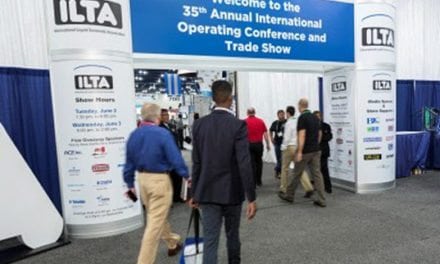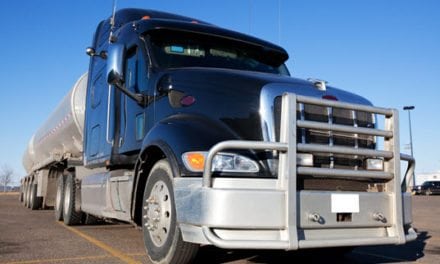When there is a sump structural issue like a crack, seam, or hole leak, the solution is dependent upon the severity and nature of the problem. There are definitely easy solutions for minor issues with the use of bonders and sealants. For fiberglass and poly material sumps, repair bonding applications over cracks, seams, and holes is a viable long-term repair option that can save a lot of money and time over replacement of the sump where the repair has been determined feasible. If the problem is too severe, then replacement may be your only option.
Most of these repairs require, or are best applied when the sump is dry. Active water leaks in a sump may require that the site water table is pumped down sufficient to “dewater” the sump. It may also be possible and even cheaper and easier to use one of several instant water blocking products to spot treat the water leak with a foaming water block that stops water long enough for a dry repair. The latter approach, when feasible, is generally much less cost than pumping the water table down and hauling it away. Regardless, if there is water in the sump at the time of repair, it should be removed and the sump made dry during the course of any “in-sump” repair action.
For STP sumps, once restored to a watertight condition (lid, fittings, structure), you can even address the ambient humidity and vapor in the sump that contributes to corrosion. By using a cost effective humidity/vapor-absorbing product that is placed in the sump, the environmental conditions causing corrosion on the metal components of the submersible tank pumps can be significantly improved.
Repairs can be very unique to each individual sump as the parts and materials may need to be designed for very specific sizes, designs, and conditions of the sump leak problem areas. But that doesn’t mean that it is overly complicated to get the right solutions. Manufacturers of these products provide the technical expertise, parts specification, training, and other support for the technicians who take the initial surveys and install the repair products. There is usually a simple process of identifying the issues, supplying that to the manufacturer, and receiving the corresponding specifications for the repair. Again, training is readily available for the installing technicians. Ask your contractor about these solutions. If they are unfamiliar with them, they won’t be for long. Many major testing and service contractor organizations are assigning crews specific to this type of maintenance work anymore.
EPA’s testing requirements are going to make sump maintenance a larger issue than it has been in the past. As stated, many states have already, or are currently moving toward stricter enforcement of existing dry sump regulations, and that has had its own effect of increasing the need for feasible options to get the sump back to a fueltight condition. Fortunately, there are proven and effective options already, and improvements will continue to come forward in the current regulatory environment.
 Paul Reber is the national sales manager for Icon Containment Solutions, LLC. Icon is a sump repair products manufacturer, providing a full range of solutions and technical support to the industry. Mr. Reber has been instrumental in implementing sump maintenance programs for many major C-store chains and fuel marketers in the US, Canada, and Latin America. He can be reached at [email protected].
Paul Reber is the national sales manager for Icon Containment Solutions, LLC. Icon is a sump repair products manufacturer, providing a full range of solutions and technical support to the industry. Mr. Reber has been instrumental in implementing sump maintenance programs for many major C-store chains and fuel marketers in the US, Canada, and Latin America. He can be reached at [email protected].










